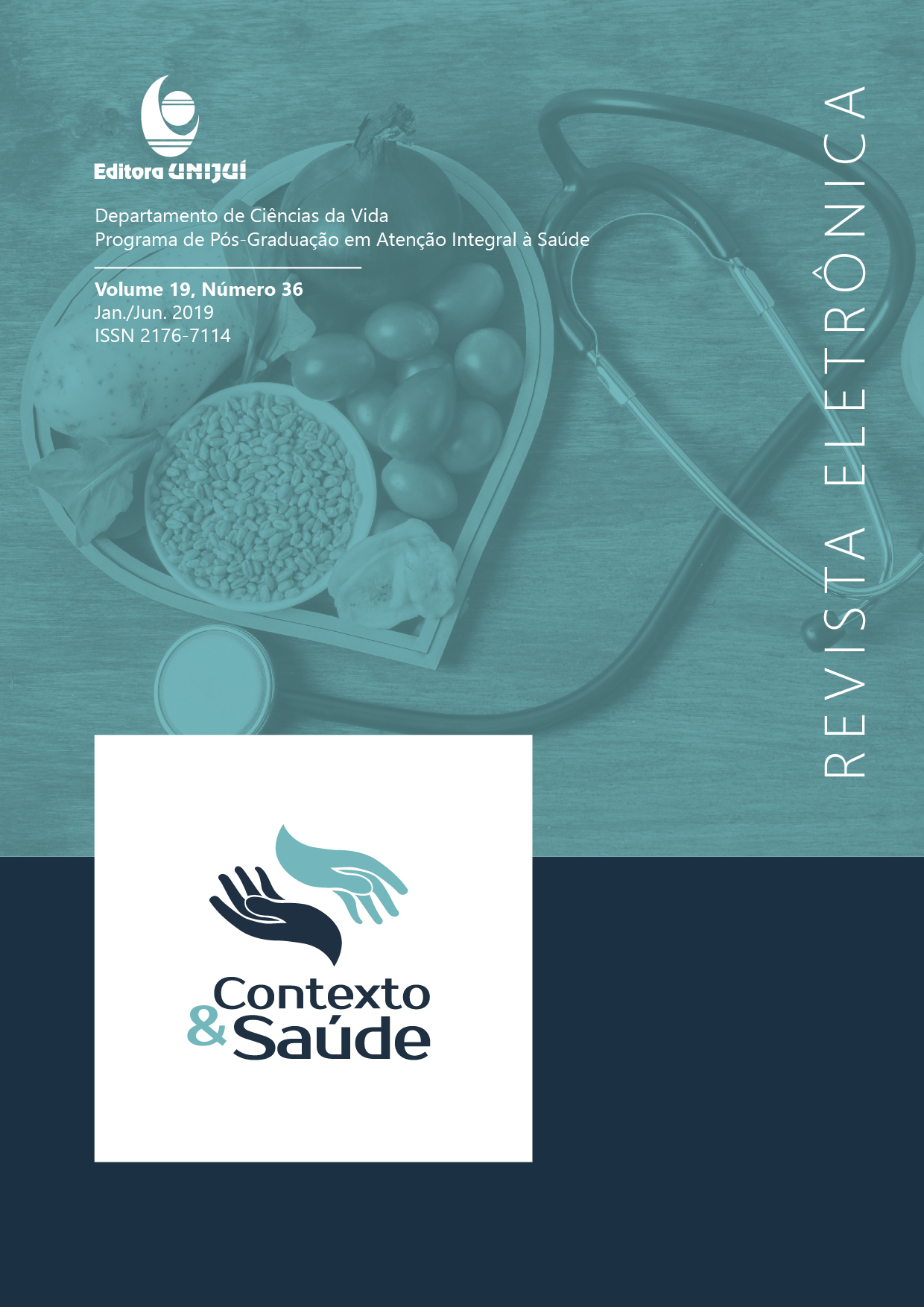MÉTODO PILATES NO ALINHAMENTO POSTURAL DE ADULTOS - REVISÃO SISTEMÁTICA
DOI:
https://doi.org/10.21527/2176-7114.2019.36.59-64Abstract
A postura do corpo humano está relacionada diretamente com a sua saúde, onde uma má postura ocorre quando há desequilíbrio e compensações musculares, podendo trazer complicações musculoesqueléticas, dores e até problemas respiratórios. Uma forma de prevenir e tratar os desalinhamentos posturais ocorre por meio do método Pilates. Este artigo objetivou analisar os efeitos dos exercícios do método Pilates na postura corporal por meio da análise sistemática de artigos científicos. Este estudo trata-se de uma revisão sistemática da literatura realizada em setembro e outubro de 2016 nas bases de dados SciELO, Lilacs, Medline/Pubmed e PEDro. Seis artigos foram selecionados para participar do estudo dentre todos os que foram submetidos aos critérios de inclusão e exclusão e à avaliação por meio da escala Pedro. Dos seis artigos avaliados, apenas dois não encontraram resultados positivos para a melhora do alinhamento postural após a realização de exercícios do método Pilates. Ao analisar os demais artigos, observa-se que, além de encontrarem resultados satisfatórios para o alinhamento postural, expuseram informações que confirmavam as hipóteses de melhora e que complementavam as informações uns dos outros, o que facilitou a interpretação dos resultados encontrados.
Downloads
Published
How to Cite
Issue
Section
License
By publishing in Revista Contexto & Saúde, authors agree to the following terms:
The works are licensed under the Creative Commons Atribuição 4.0 Internacional (CC BY 4.0) license, which allows:
Share — to copy and redistribute the material in any medium or format;
Adapt — to remix, transform, and build upon the material for any purpose, including commercial.
These permissions are irrevocable, provided that the following terms are respected:
Attribution — authors must be properly credited, with a link to the license and indication of any changes made.
No additional restrictions — no legal or technological measures may be applied that restrict the use permitted by the license.
Notes:
The license does not apply to elements in the public domain or covered by legal exceptions.
The license does not grant all rights necessary for specific uses (e.g., image rights, privacy, or moral rights).
The journal is not responsible for opinions expressed in the articles, which are the sole responsibility of the authors. The Editor, with the support of the Editorial Board, reserves the right to suggest or request modifications when necessary.
Only original scientific articles presenting research results of interest that have not been published or simultaneously submitted to another journal with the same objective will be accepted.
Mentions of trademarks or specific products are intended solely for identification purposes, without any promotional association by the authors or the journal.
License Agreement (for articles published from September 2025): Authors retain copyright over their article and grant Revista Contexto & Saúde the right of first publication.

